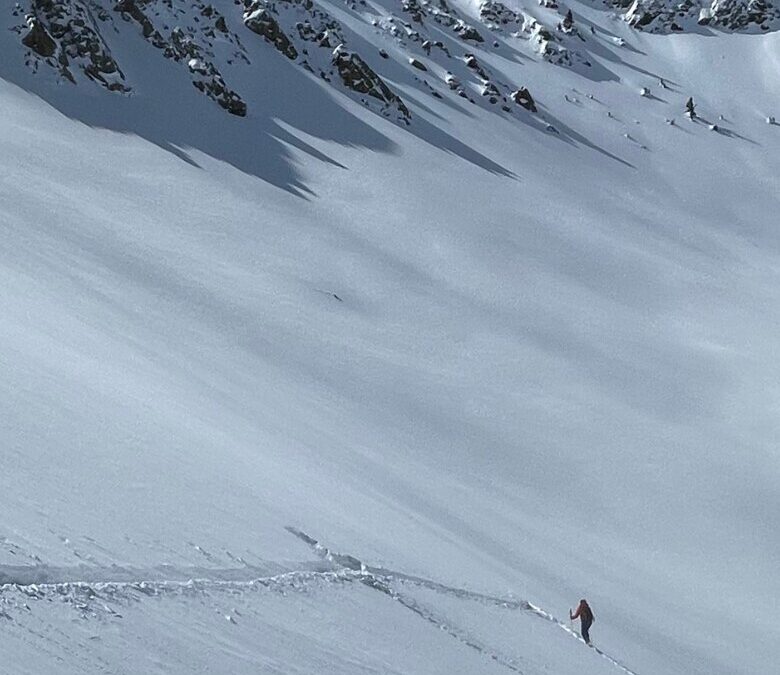
by todd | Jul 15, 2023
Backcountry Skiing: Taos and Santa Fe, New Mexico
by James Marc Beverly
Taos Avalanche Center
Beacon Guidebooks:
California: Light Tours of Tahoe Colorado: Light Tours of CO | Berthoud | Buffalo | Cameron | Crested Butte | Grand Traverse | Loveland | Marble | RMNP | Silverton Oregon: Mt. Hood Washington: Baker | Crystal | ONP | Snoqualmie | Stevens
New Mexico has been possessed by many peoples, tribes, countries, and government entities—and without fail, those who visit become possessed by its vastness and beauty. As centuries pass and new abodes are built on top of old, the peaks and valleys forged over geologic time remain. To experience their splendor, open your eyes, take a deep breath of the high desert air, and let the rapture of the place overtake you. At no time is the splendor wasted on those who hike to these summits during the winter and spring months as they are rewarded by the incomparable bliss of sliding down on snow. A truly magical experience.
Backcountry touring is a relatively new activity in New Mexico. The early days of the pandemic left many avid skiers and riders without a functioning ski area. For the cost of a lift ticket, backcountry travelers could buy a new pair of skins and open up the world outside the ski area boundaries.
I never saw tracks far beyond the ski area boundaries in the 80s; it wasn’t until the early 2000s that I started to see occasional tracks. Today, it’s rare that I don’t see someone else out having fun in the sidecountry—but the wilderness experience is still very much available to those willing to explore.
New Mexico offers many adventures in areas less traveled. The snow can be as deep as anywhere in the Rocky Mountains, and the spring skiing can make for quick descents. While the New Mexico snowpack shares commonalities to the snowpack at large within the Rocky Mountains, the lower latitude plus high elevation combine to form a special snowpack different from the surrounding states. The changing snowpack may be very different from the typical continental snowpack folks have come to expect in the San Juan or Elk Mountain ranges just to the north in Colorado.
I am fortunate to have had the opportunity to spend the majority of my youth, and to have made a successful guiding career, in these mountains. I share the common thread of the experience with those who have come before and those yet to make the discoveries.
—James Marc Beverly
-
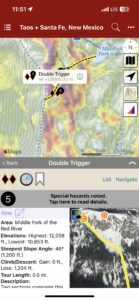
-
Map view
-
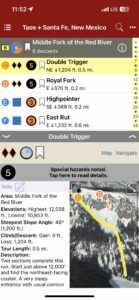
-
List view
-
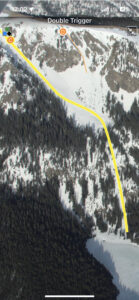
-
Full screen photos
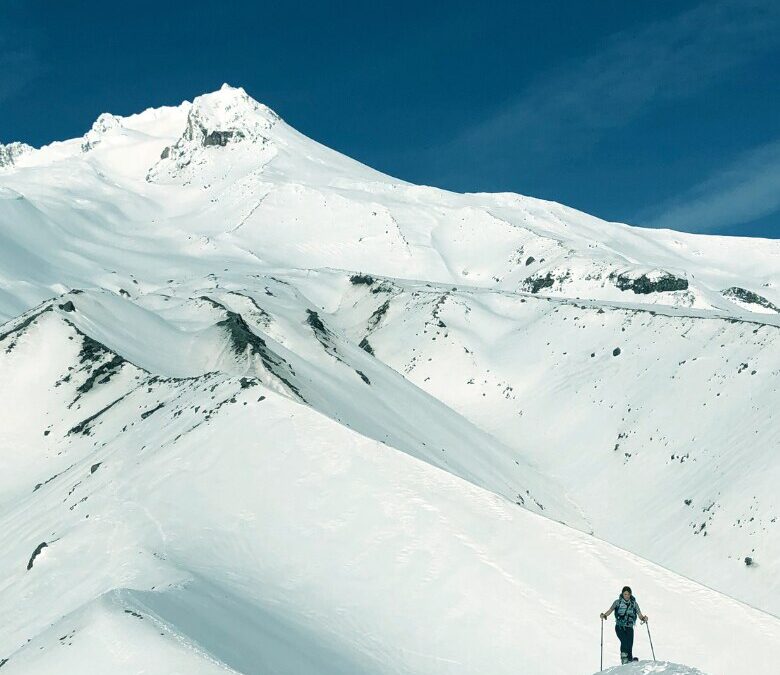
by rob | Jul 14, 2023
Backcountry Skiing: Mount Hood Oregon
by Eric Schmidgall
Northwest Avalanche Center
Beacon Guidebooks:
California: Light Tours of Tahoe Colorado: Light Tours of CO | Berthoud | Buffalo | Cameron | Crested Butte | Loveland | Marble | RMNP | Silverton New Mexico: Taos Washington: Baker | Crystal | ONP | Snoqualmie | Stevens
Mount Hood has captivated the imaginations of many in the Pacific Northwest for centuries. Named for a British admiral in the late 1700s, its native name has been lost to history. Lewis and Clark labeled Hood “stupendous” as they returned east on their epic journey, and that assessment rings true today. The first recorded ascent of Mt. Hood occurred in the 1850s, and the history of skiing on the mountain started with people on long wooden skis using them for transportation. The first recorded ski descent of the south side occurred in the 1920s, and skiing and mountaineering on Hood have been intertwined ever since. With the opening of Timberline Lodge in 1937, skiing on the mountain exploded in popularity. Mount Hood became renowned for backcountry skiing when Sylvain Saudan descended Newton-Clark Headwall on the east side of the mountain in 1971, a descent that heralded the arrival of “extreme skiing” in America. Backcountry skiing and riding has always been relatively popular on the mountain, as a stable snowpack and long season entice locals and tourists alike. As backcountry use has grown quickly in the past few years, Mount Hood remains a sought after destination for those looking for ski mountaineering descents, glaciers and hopefully – powder.
The author and publisher acknowledge that the land surrounding Mount Hood lies within the ancestral territories of several Native American tribes including the Multnomah, Wasco, Confederated Tribes of Warm Springs, Confederated Tribes of Grand Ronde, and the Confederated Tribes of the Yakama Nation, who have looked upon and lived on this mountain for thousands of years.
-
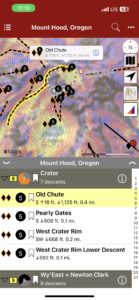
-
Map view
-
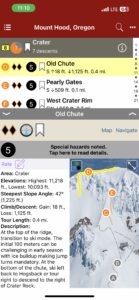
-
List view
-
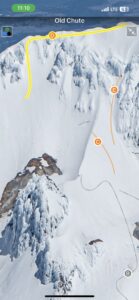
-
Full screen photos
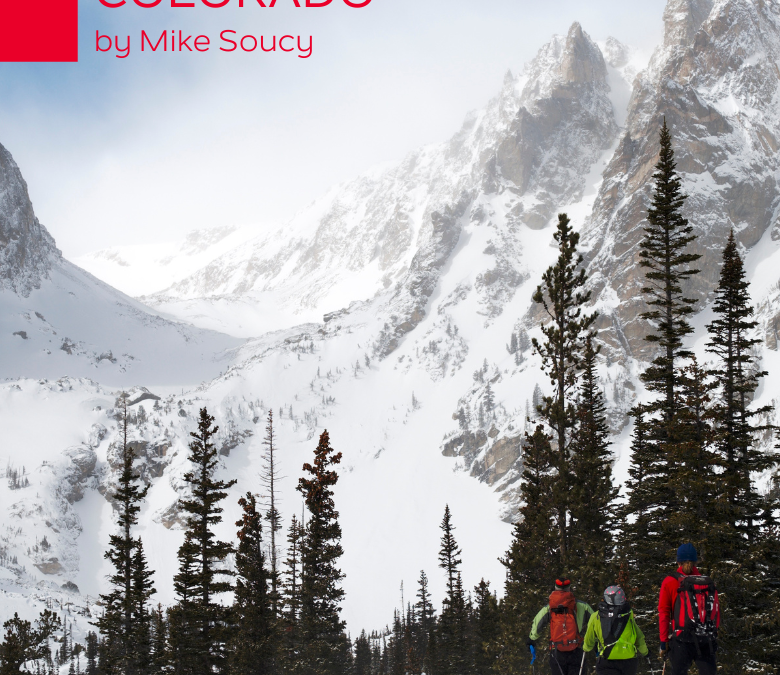
by todd | Aug 3, 2022
Backcountry Skiing: Rocky Mountain National Park Colorado
by Mike Soucy
Colorado Avalanche Information Center
Beacon Guidebooks:
California: Tahoe Light Tours Colorado: Berthoud Pass | Buffalo | Cameron | CO Light Tours | Crested Butte | Loveland | Marble | Silverton New Mexico: Taos Oregon: Hood Washington: Baker | Crystal | ONP | Snoqualmie | Stevens
“The Park,” as locals know it, is home to some of the most diverse, accessible ski terrain on the Colorado Front Range. The Continental Divide creates a North-South backbone through the Park, and the glacier-carved east side offers long valleys of leeward terrain all the way to timberline. The Park holds the highest concentration of ski mountaineering terrain in the Front Range. Steep, dramatic scenery awaits as soon as you break into the alpine. Here, you will find options from entry-level to expert, from couloirs to alpine bowls. When the challenging midwinter weather or shallow early-season snowpack keeps you below the Continental Divide, fear not. Near- and below-timberline glades and gullies offer adventures in every valley, limited only by your curiosity for exploration. If you’re up for a more social affair, take a lap or two at Hidden Valley, a now-defunct ski area (1955–1991) which has become a gathering spot for everyone from new visitors and families to locals and skimo trainers. The spring months bring a deeper snowpack, more favorable weather, and the opening of Trail Ridge Road, which happens on Memorial Day Weekend in typical snow years. Topping out at over 12,000’, this is the highest paved road in Colorado and gives spring and early summer skiers great access to high alpine terrain. Mount Cumulus, Flattop Mountain, Hallett Peak, Longs Peak, McHenrys Peak, and many others offer classic high summit ski descents for a range of ability levels. April and May are often prime months for these objectives; you can still ski from the parking lot and often have the choice between cold snow or corn. In this first edition, we’ve compiled a list of the classic tours and descents the Park is known for, and included a few lesser-known objectives to spark the veterans’ curiosity. Routes and descriptions have been ground-truthed, vetted for accuracy, and supported by photography in order to provide a reliable planning and decision-making tool for your adventures. Enjoy!
The author and publisher acknowledge that the land described in this atlas is the ancestral home of the Hinono’eiteen (Arapaho) and Núutsi-u (Ute) peoples, who lived on these lands for thousands of years before the arrival of Europeans. The Arapaho traveled from the plains to and from what is now the east side of RMNP, while the Ute tribe lived along the west side and around what is now Grand Lake. They would also make seasonal trips back to the plains, traveling over the Continental Divide using what we now call the Ute Trail. Oliver Toll’s Arapaho Names and Trails is a great resource for learning more about the history of this land.
-
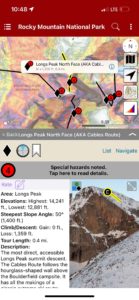
-
Map view
-
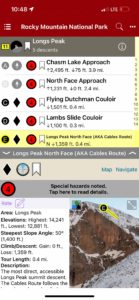
-
List view
-
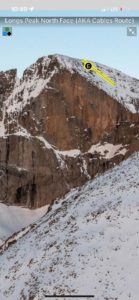
-
Full screen photos
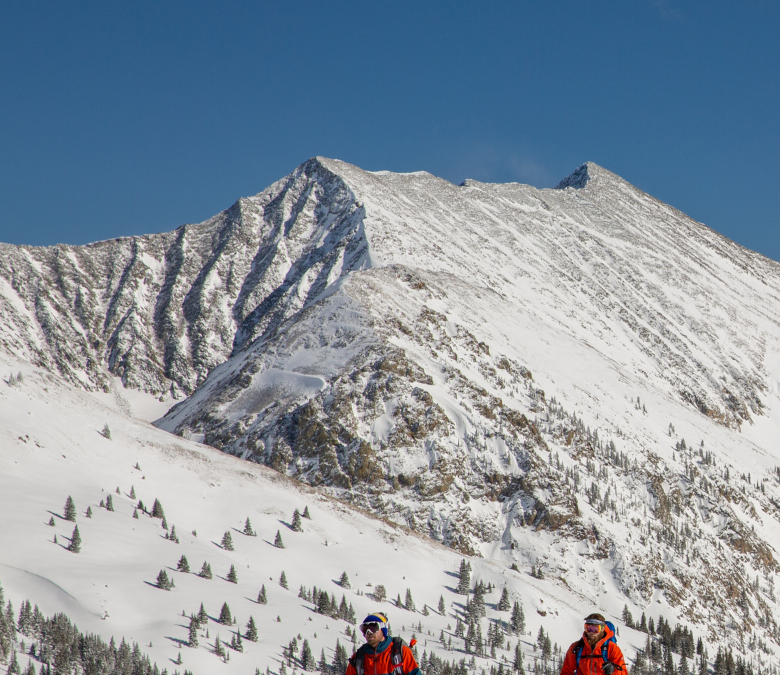
by todd | Nov 9, 2021
Backcountry Skiing: Cameron Pass, Colorado
by Rodney Ley
Colorado Avalanche Information Center
Beacon Guidebooks:
California: Tahoe Light Tours Colorado: Berthoud Pass | Buffalo | CO Light Tours | Crested Butte | Loveland | Marble | RMNP | Silverton Oregon: Hood Washington: Baker | Crystal | ONP | Snoqualmie | Stevens
Cameron Pass provides a unique Colorado backcountry skiing experience. Remote and undeveloped, “Cam Pass” also receives a generous amount of snow each winter; good skiing often extends into May. Colorado State Hwy.14, a well-maintained all-weather road over the pass, provides access from east and west. Although Cameron Pass does not cross the Continental Divide, it is the only year-round highway north of Berthoud Pass accessing the western slope. Just 65 miles from Fort Collins and 90 miles from Steamboat Springs, Cameron Pass is a straightforward day trip from many areas in Colorado. During the winter, facilities such as lodging, gas stations, and restaurants are scarce. Cell service on Cameron Pass is spotty to non-existent: only on higher ridges with good line of sight is cell service possible. The Moose Visitor Center, located 9 miles west of Cameron Pass, remains open year-round, providing restrooms and visitor services. At the time of publication, no wifi or cell service exists at this location. Administratively, the area is managed by Arapaho & Roosevelt National Forest east of Cameron Pass and by Colorado Parks and Wildlife (CPW) on the west side of the pass. Parking and access on the west side of the pass require a CPW Parks Permit. Currently, the National Forest does not require a daily use fee for the eastern side. The author and publisher acknowledge that the land described in this atlas is the ancestral home of the Hinono’eiteen (Arapaho) and Núutsi-u (Ute) peoples, who lived on these lands for thousands of years before the arrival of Europeans.
-
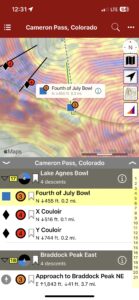
-
Map view
-
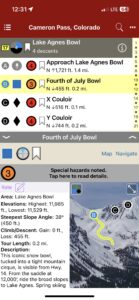
-
List view
-
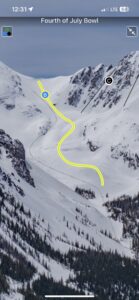
-
Full screen topo photos
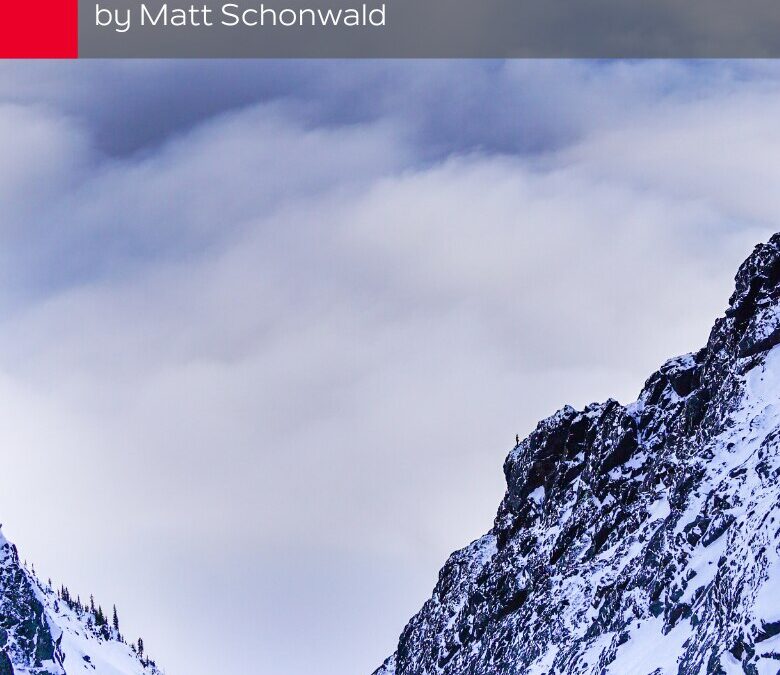
by todd | Mar 16, 2021
Backcountry Skiing: Washington’s East Side Stevens to Snoqualmie
by Matt Schonwald
Northwest Avalanche Center
Beacon Guidebooks:
California: Tahoe Light Tours Colorado: Berthoud | Buffalo | Cameron | CO Light Tours | Crested Butte | Loveland | Marble | RMNP | Silverton New Mexico: Taos Oregon: Hood Washington: Baker | Crystal | ONP | Snoqualmie
In 1897, John Stevens found the passage for the Great Northern Railroad across a 4,000’ pass in the Cascades. Since then, Stevens Pass place in history is thick with decades of travel, avalanches, ski areas, and so much more. Stevens Pass is one of the essential gateways to the extraordinary backcountry possibilities that exist between I-90, US Highway 97, and US Highway 2.
Over 300 tours, accessible via ski areas, roadside pullouts, and long snowmobile approaches make this region’s diverse opportunities seem infinite. The East Side also provides a drier, colder snowpack—bringing blower pow (and persistent slabs) to the Cascades.
The author and publisher acknowledge that the lands described in this atlas are the ancestral home of the Pisquouse and Si’apkat, members of the Yakama Nation. The Pisquouse (Yakama name: Winátshapam), or Wenatchi, lived in the area that spans present-day Leavenworth to Wenatchee. Wenatchee is a Sahaptian word for “river water which comes from canyons” or “robe of the rainbow.” The first inhabitants of the Kittitas Valley were the Psch-wan-wap-pams (stony ground people), also known as the Kittitas, Si’apkat, or Upper Yakama. They lived along the upper Yakima River (today called Cle Elum), which was a traditional gathering place for tribes east of the Cascades.
-
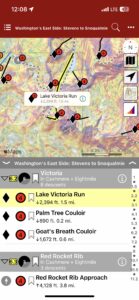
-
Map view
-
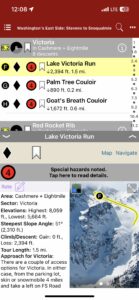
-
List view
-
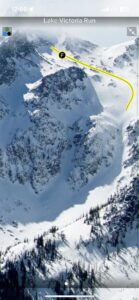
-
Full screen photos
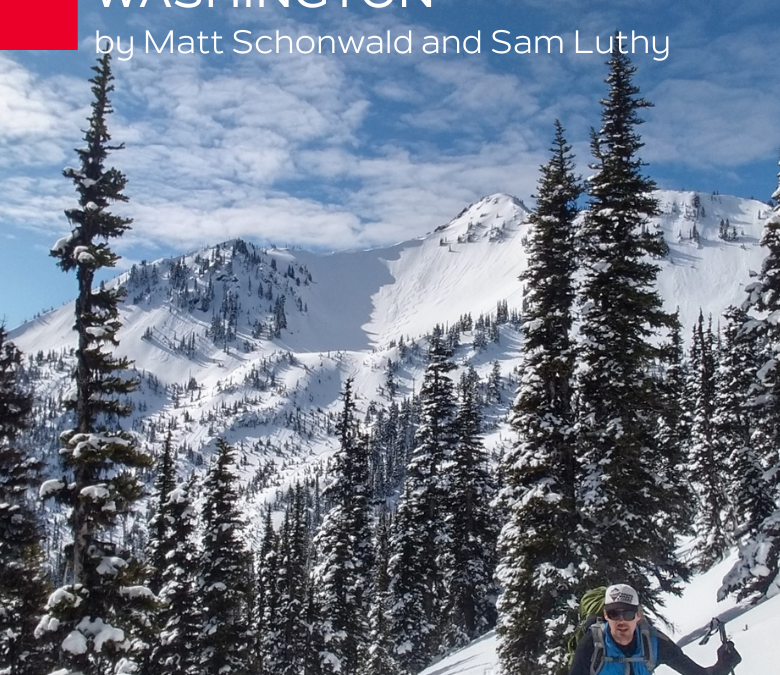
by todd | Mar 21, 2020
Backcountry Skiing Olympic National Park, Washington
by Matt Schonwald & Sam Luthy
Northwest Avalanche Center
Beacon Guidebooks:
California: Tahoe Light Tours Colorado: Berthoud | Buffalo | Cameron| CO Light Tours | Crested Butte | Loveland | Marble | RMNP | Silverton New Mexico: Taos Oregon: Hood Washington: Baker | Crystal | Snoqualmie | Stevens
For almost 8,000 years native people have lived around the Olympic Mountains. The Duwamish of the Salish sea call them ‘Sun-a-do’, and the ancestors of the Klallam have been living, hunting and gathering in the high mountains since time immemorial.The Spanish sailed along the coast in 1774 and named the highest peak, Cerro Nevado de Santa Rosalia. In 1788, the British Explorer Roger Meares renamed the highest peak, Mt Olympus because it looked like the ‘abode of the gods.’ and just like that the Olympic Mountains became part of the European map.The 1890s saw climbers begin ascending the summits of Mt. Olympus, with the main summit finally being climbed in 1907. Deer Park became Washington’s premier ski area in the mid 1930s. The Hurricane Ridge road was built in the early 50s and the ski area moved from Deer Park, establishing a new winter recreation center for the Olympic National Park. Ski touring began along the roads of Deer Park and Hurricane Ridge and shifted to the Bailey Range and the higher peaks in the 1990s.
Buy digital plus (book and/or map) and the price includes $4.00 for shipping, a screaming deal! When you buy a bundle, you can use your digital rakkup guidebook immediately.
-
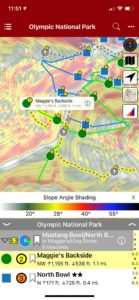
-
Map view
-
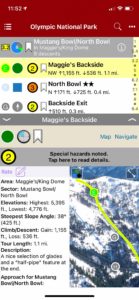
-
List view
-
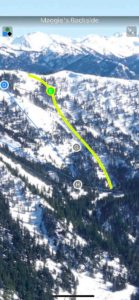
-
Full screen photos
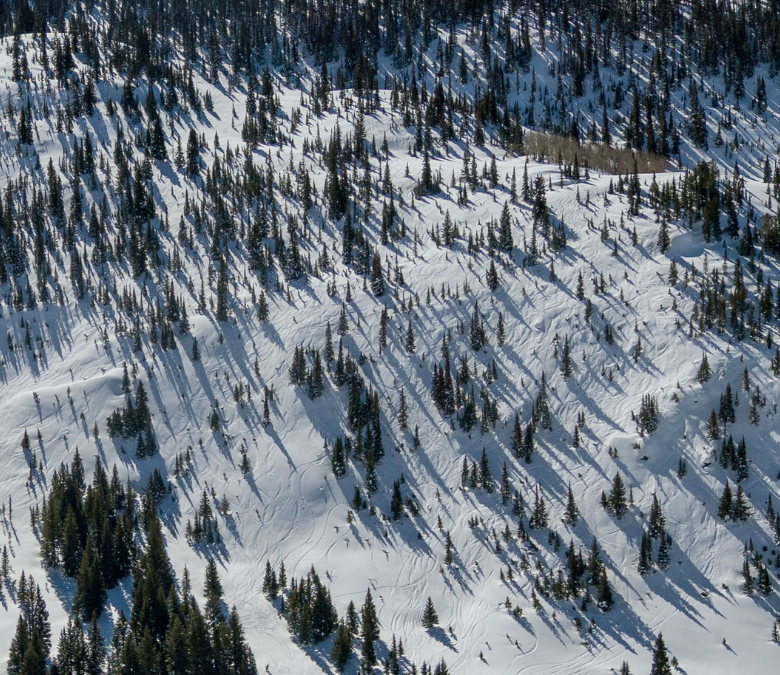
by todd | Oct 15, 2019
Backcountry Skiing: Buffalo Pass, Colorado
Colorado Avalanche Information Center
Beacon Guidebooks:
California: Tahoe Light Tours Colorado: Berthoud | Cameron | CO Light Tours | Crested Butte | Loveland | Marble | Silverton | Stevens New Mexico: Taos Oregon: Hood Washington: Baker | Crystal | ONP | Snoqualmie | Stevens
Buffalo Pass is the mecca for backcountry sled-skiers in the Rockies. Nestled in the Park Range of the Rocky Mountains near Steamboat Springs, it is one of the only places in the world where you can drive 15 minutes from a resort, unload a trailer full of snowmobiles, and have a 55-mile network of maintained snow roads on public lands dedicated to mechanized skiing from mid-December til Gaper Day.
The orientation of Buff Pass makes it favorable for significant orographic snowfall in zonal flow, particularly northwest flow patterns. The frigid air from northwest Colorado adds to the magic of “Fluffalo Pass” by providing consistent light and blower powder all winter long. To top it off, Buff Pass competes with Wolf Creek Pass every season for having the deepest snowpack in Colorado. Buffalo Pass also has access to some of the best tree skiing in the world, varying from widely spaced and naturally gladed aspens in mellow terrain to tight and technical aspens and evergreens guaranteed to test any skier.The area boasts some of the oldest and largest old growth aspens in Colorado.There are several stands on the pass that are renowned for their top to bottom skiing amongst quaking aspens such as Forester’s Aspens, Double A’s, GalaxyTrees, and Quaker Bowl. However, the gem of Buff Pass is Soda Mountain. When the skies rip to blue, locals and tourists alike flock to the highest point on the pass for steep chutes, big drops, and technical terrain in Buff Pass’s deep, world class powder.
Buy digital plus (book and/or map) and the price includes $4.00 for shipping, a screaming deal! When you buy a bundle, you can use your digital rakkup guidebook immediately.
-
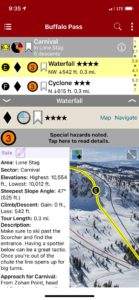
-
List view
-
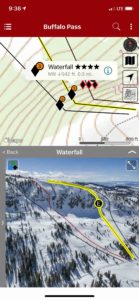
-
Map view
-
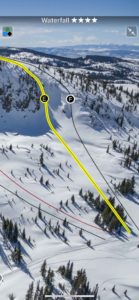
-
Full screen photos
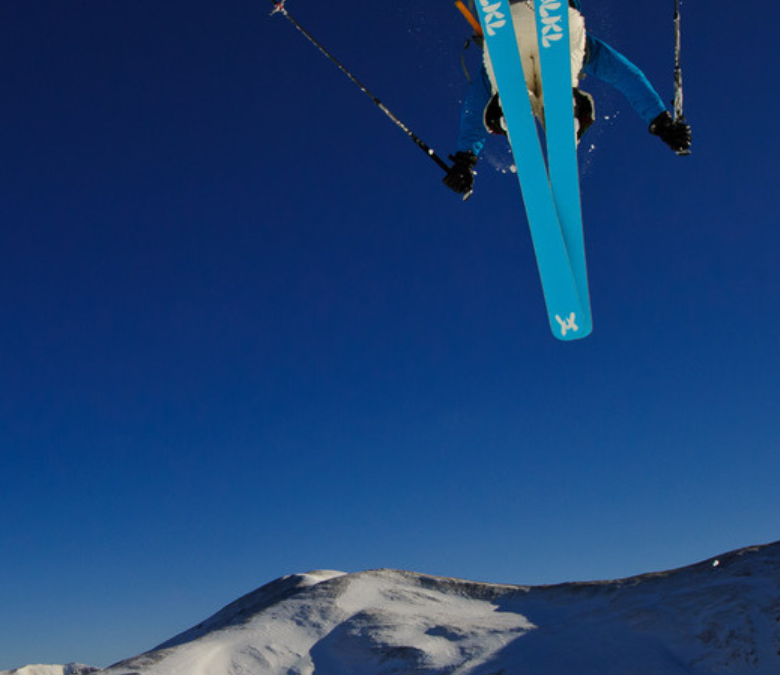
by todd | Jan 4, 2019
Backcountry Skiing: Loveland Pass, Colorado
by Rob Writz
Colorado Avalanche Information Center
Beacon Guidebooks:
California: Tahoe Light Tours Colorado: Berthoud | Buffalo | Cameron | CO Light Tours | Crested Butte | Marble | RMNP | Silverton New Mexico: Taos Oregon: Hood Washington: Baker | Crystal | ONP | Snoqualmie | Stevens
Join us this winter to unlock new terrain on Loveland Pass. From Watrous Gulch to Porcupine Gulch, we follow US Highway 6 as it climbs dramatically to 11,990 feet; providing trailhead access to glacial valleys holding a lifetime of winter backcountry exploration. Download the Loveland Pass guidebook to get access to 23 zones and 165 named runs. Featuring ascent routes, descent descriptions, max slope angles, a trail map, offline GPS navigation and much more, this app helps your terrain management, tour planning and route finding. Check out the new foldable, waterproof trail map from Beacon Guidebooks too!
Buy digital plus (book and/or map ) and the price includes $4.00 for shipping, a screaming deal! When you buy a bundle, you can use your digital rakkup guidebook immediately.
-
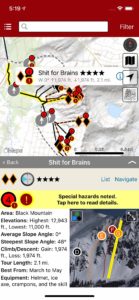
-
Map view
-
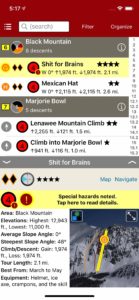
-
List view
-
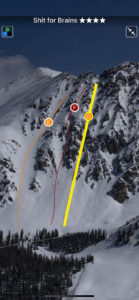
-
Full screen photos
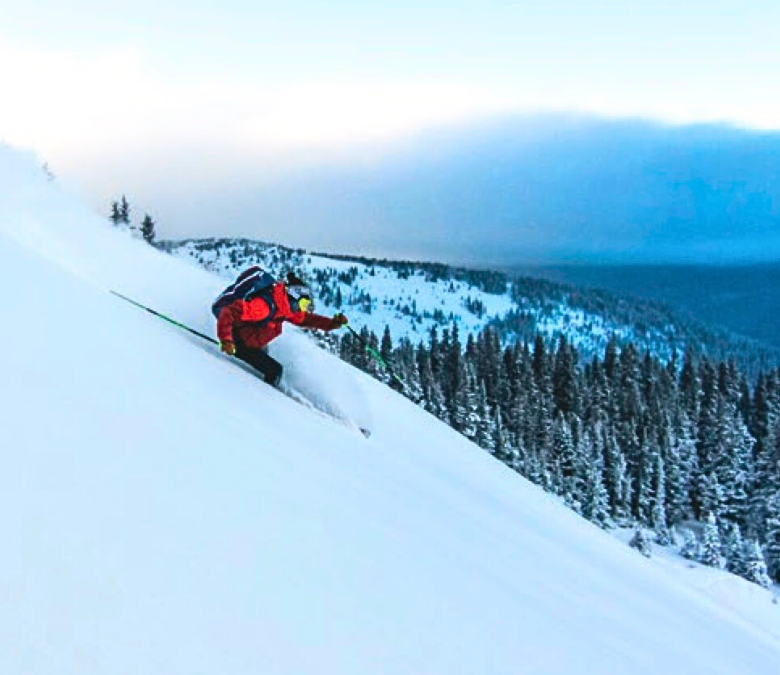
by todd | Jan 8, 2018
Backcountry Skiing: Berthoud Pass, Colorado
by Rob Writz
Colorado Avalanche Information Center
Beacon Guidebooks:
California: Tahoe Light Tours Colorado: Buffalo | Cameron | CO Light Tours | Crested Butte | Loveland | Marble | RMNP | Silverton New Mexico: Taos Oregon: Hood Washington: Baker | Crystal | ONP | Snoqualmie | Stevens
Welcome to the epicenter of backcountry skiing and snowboarding on Colorado’s Front Range. Since the 1930s skiers have been exploring the slopes surrounding US Highway 40 as it climbs and descends Berthoud Pass. This was the former home of one of Colorado’s pioneering ski areas and when it closed, the Pass quickly emerged as the most popular backcountry ski destination on the Front Range. Quick access, a consistent snowpack, and endless discovery continue to draw skiers to Berthoud Pass. The east to west orientation of the Pass, located high above the Fraser River and Clear Creek valleys, attracts a deep snowpack benefiting from both northwest flow and upslope storms. In just over an hour drive from Denver, backcountry skiers have access to numerous trailheads leading into the high basins surrounding the Pass. From pre-work dawn patrols, to car shuttling, to all day epics, Berthoud Pass has an adventure for backcountry riders of all skill levels. The glade skiing, deep powder bowls, and steep couloirs of Berthoud Pass have enough terrain to keep you busy for a lifetime.
Buy digital plus (book and/or map) and the price includes $4.00 for shipping, a screaming deal! When you buy a bundle, you can use your digital rakkup guidebook immediately.
-
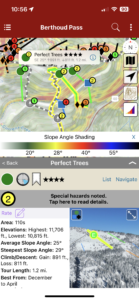
-
Map view
-
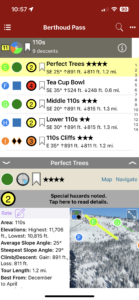
-
List view
-
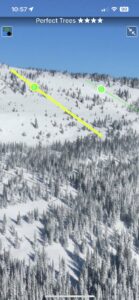
-
Full screen photo topos
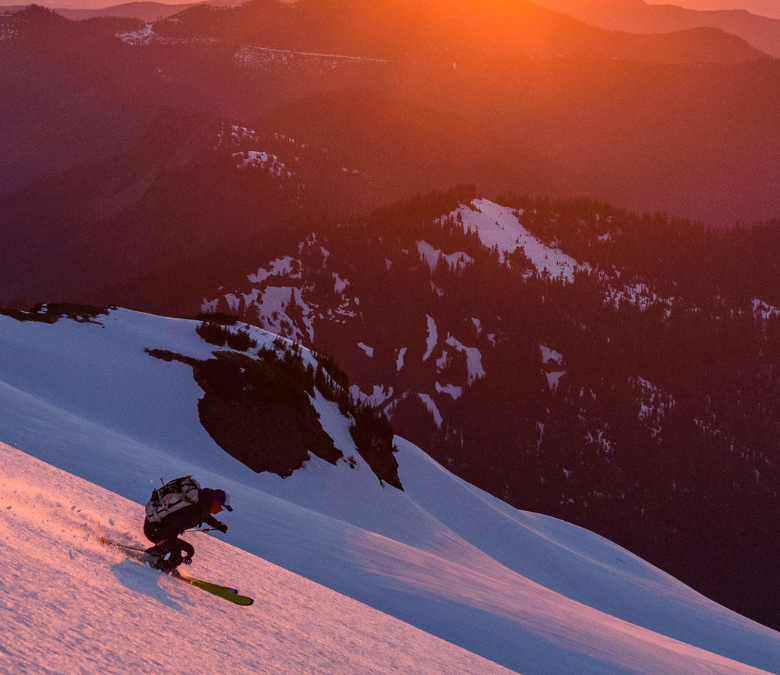
by todd | Oct 12, 2017
Backcountry Skiing: Mount Baker, Washington
by Matt Schonwald
Northwest Avalanche Center
Beacon Guidebooks:
California: Tahoe Light Tours Colorado: Berthoud | Buffalo | Cameron | CO Light Tours | Crested Butte | Loveland | Marble | RMNP | Silverton New Mexico: Taos Oregon: Hood Washington: Crystal | Snoqualmie | ONP | Stevens
The Mount Baker backcountry extends east to west from Mt. Shuksan to Mt. Baker connecting ridges of Shuksan Arm to Ptarmigan Ridge with expansive glaciers, powder bowls, technical couloirs, powder-filled glades and plenty of lower elevation trees. Many ski routes begin directly from the Mt. Baker Ski Area averaging the deepest snowpack in North America guaranteeing you can find fresh tracks somewhere. In this digital book you will find run descriptions, skintracks, elevation gain and loss, trailhead info, hazards, average slope angles and much more.
-
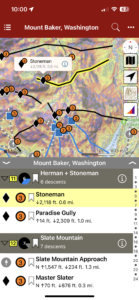
-
Map view
-
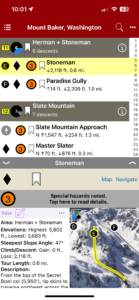
-
List view
-
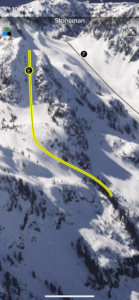
-
Full screen photos








































